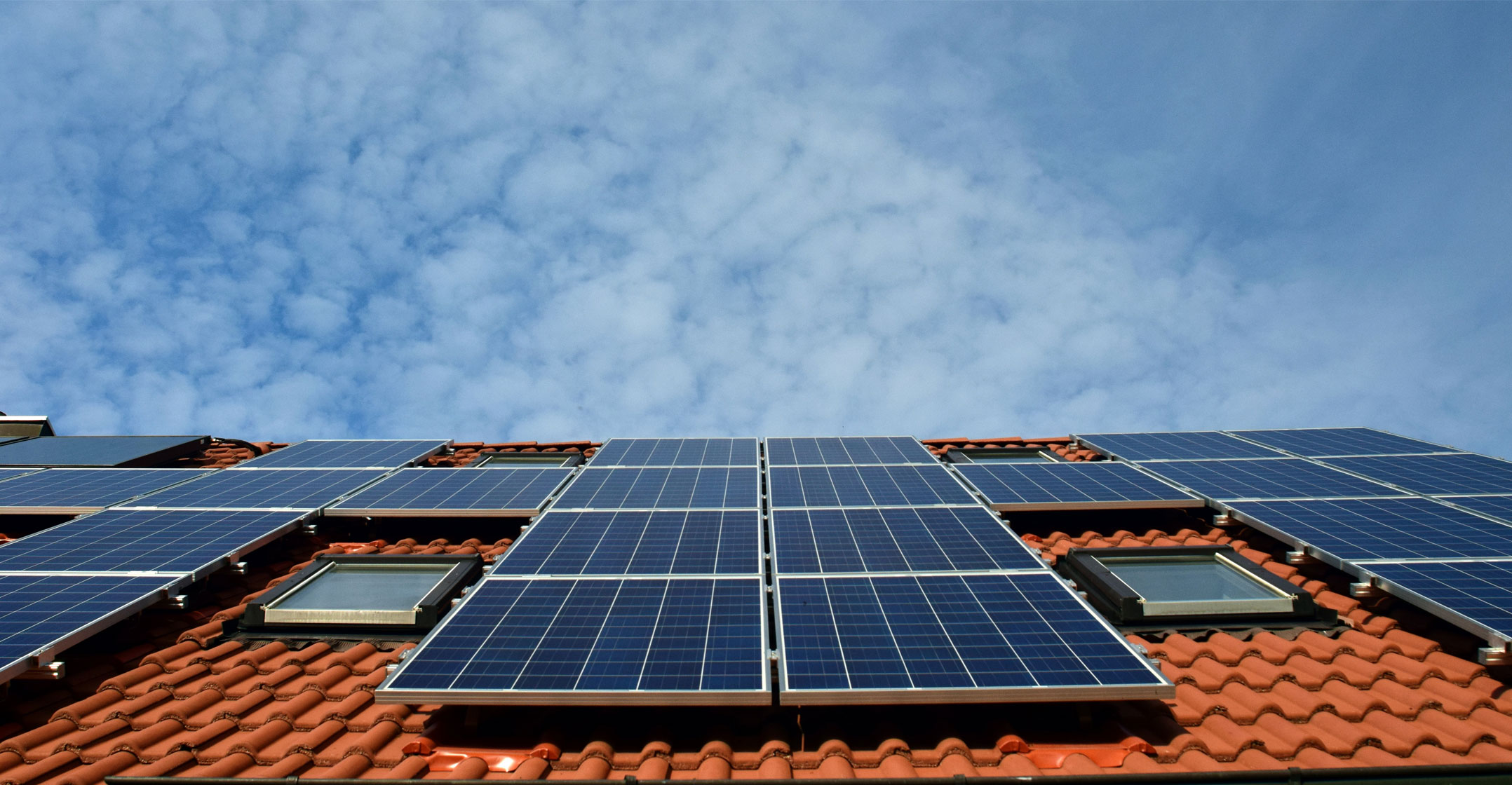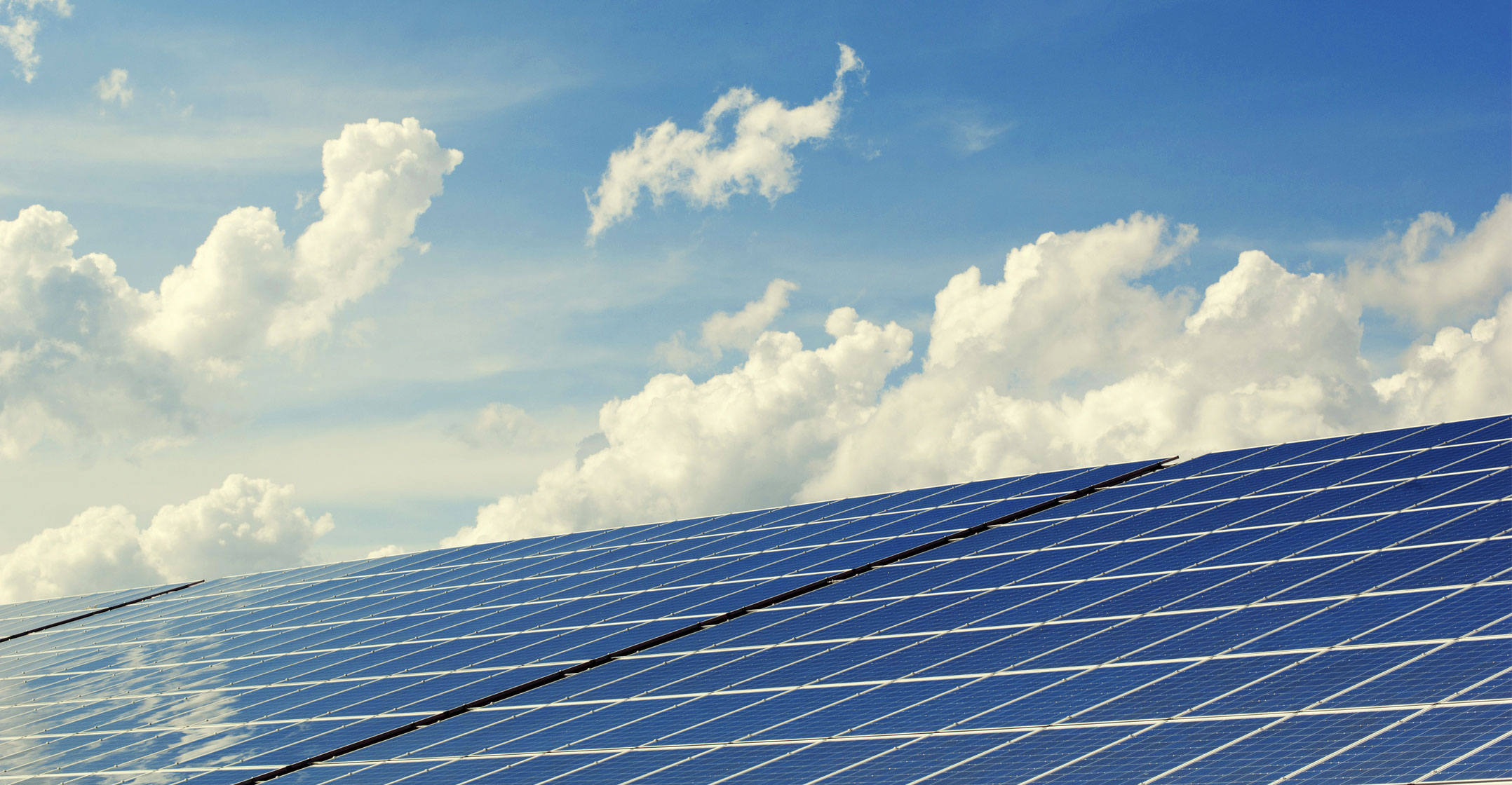 Chinese manufacturers that dominate nearly every step in the global solar power supply chain are being forced to slash prices as the coronavirus disrupts projects around the world.
Chinese manufacturers that dominate nearly every step in the global solar power supply chain are being forced to slash prices as the coronavirus disrupts projects around the world.
Costs for components like wafers and cells have fallen by as much as 20% since the start of the year. They likely haven’t bottomed out yet, either, as the outlook for demand remains uncertain and new mega-factories threatens to add supply.
It’s bad news for the companies that make solar components and could lead to consolidation among some of the smaller players in the industry. The bargain-basement prices, though, could also spur demand for a solar boom when the global economy recovers.
“The coronavirus added uncertainties to demand, especially overseas. Prices are still under certain pressure,” said CMB International Securities analyst Robin Xiao. “But if the world is gradually recovering from the epidemic from the fourth quarter, cheaper prices may significantly raise competitiveness of photovoltaics.”
The virus has disrupted new solar projects around the world as government efforts to slow the spread of the disease have kept workers away from installation sites, while the economic collapse has threatened funding for new projects. New global capacity added this year is now forecast to be 19% less than before the epidemic broke out, according to BloombergNEF.
The supply chain that creates those solar power plants is almost entirely housed within China. From producing polysilicon ingots, cutting them into wafers, forming those into cells to combine into panels, Chinese factories comprise at least 73% of global capacity in every step, according to BloombergNEF data.
Cheaper
With installations slowing, solar giants LONGi Green Energy Technology Co and Tongwei Co have had to cut product prices several times in the past two months to maintain market share. Wafers and cells have become at least 20% cheaper this year while panel prices eased 10%, BNEF data show.
Chinese manufacturing might has been one of the reasons solar costs have fallen so much over the past decade that they’re now a cheaper source of new, albeit intermittent, power than coal in many parts of the world. And to be sure, some of this year’s cost cuts have been due to technological advances, such as LONGi being able to reduce the thickness of its wafers.
BNEF expects wafer prices to continue to drop in the second half as more production is released. Prices could fall another 15% to about US$0.28 per standard piece.
 That could spell consolidation for smaller players in the field. Even after dropping wafer prices by 20%, LONGi still has at least a 15% profit margin, said Dennis Ip, an analyst with Daiwa Capital Markets Hong Kong. A further 5-10% cut in prices could effectively wipe out most small manufacturers, he said.
That could spell consolidation for smaller players in the field. Even after dropping wafer prices by 20%, LONGi still has at least a 15% profit margin, said Dennis Ip, an analyst with Daiwa Capital Markets Hong Kong. A further 5-10% cut in prices could effectively wipe out most small manufacturers, he said.
“It’s a great window for tier-1 producers to collect market share,” he said. “The oligarch structure would get further strength.”
Several top manufacturers announced aggressive expansion plans earlier this year even as the industry grappled with lower prices. Tongwei is planning to double its cell production capacity, already the world’s largest, while GCL System Integration Technology Co is considering building the world’s largest panel plant that by itself would be able to meet half of global demand.
New capacity coming online “will further squeeze prices while producers seek to reduce costs through economies of scale”, BNEF analyst Jiang Yali said. — (c) 2020 Bloomberg LP




